Davis Schneider's Breakout Powers Blue Jays to 10-Game Win Streak
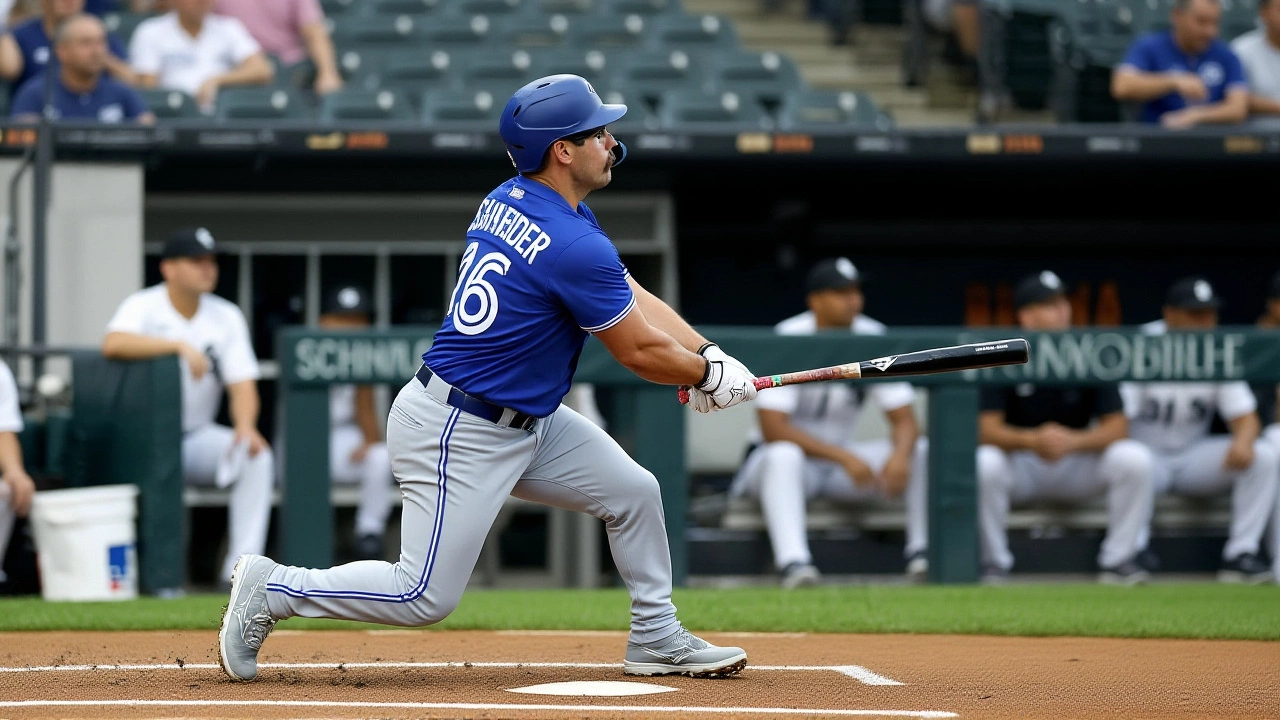
Davis Schneider's Breakout Powers Blue Jays to 10-Game Win Streak
When Davis Michael Schneider launched a 384-foot solo home run off C.W. Civale in the third inning on July 9, 2025, at Guaranteed Rate Field in Chicago, it wasn’t just another homer—it was the exclamation point on a 10-game win streak that has redefined the Toronto Blue Jays’ season. The 26-year-old left fielder, born in Berlin, New Jersey, had been written off as a depth piece just weeks earlier. Now, he’s one of the most reliable bats in the lineup. And the team’s momentum? It’s the longest winning run since their 11-game streak in August 2022. This isn’t luck. It’s development. It’s timing. It’s a player who refused to be forgotten.
A Player Who Wouldn’t Quit
On April 16, 2025, Schneider was activated by the Buffalo Bisons, the Blue Jays’ Triple-A affiliate in Buffalo, New York. The next day, he was optioned back down. It was a routine move, barely noticed. But by June 1, he was back in Toronto—and he didn’t just show up. He exploded. Through August 27, 2025, Schneider had 10 home runs and a .930 OPS. His bat, once inconsistent, had become a weapon. And the shift? It didn’t matter. Baseball Savant data shows he posted a .355 wOBA with no shift deployed, compared to just .334 when teams tried to guard against him. That’s not a fluke. That’s adaptation.
Master of the Right-Handed Pitcher
What makes Schneider’s rise so remarkable isn’t just his power—it’s his precision against righties. He’s faced 227 pitches from right-handed pitchers this season, and his OPS against them? .792. That’s not just good. That’s All-Star level. His manager, John Schneider (no relation), doesn’t hide it: ‘I’m not afraid at all, if the situation calls for it, to put Davis Schneider in there against a righty.’ That’s rare. Managers rarely commit so openly to a player who spent most of April in Triple-A. But Schneider earned it. In a game against the Minnesota Twins on August 27, he hit two homers—one off a fastball, the next off a curveball that stayed ‘right in the middle of the plate.’ That was his third multi-homer game of the year. Career-first. And he did it in the same game where he showed he could play defense, too.
Defensive Brilliance in the Field
On July 26, 2025, at Comerica Park in Detroit, Schneider made a play that stopped a rally before it began. With two outs in the bottom of the first, Spencer Torkelson crushed a 91.7 mph fastball from Kevin Gausman—92.5 mph exit velocity, 309 feet of carry. Most left fielders would have watched it go. Schneider dove, fingertips grazing leather, and pulled it back. It wasn’t just a highlight. It was a statement: he’s not just a hitter. He’s a complete player. That kind of effort doesn’t go unnoticed by teammates or coaches.
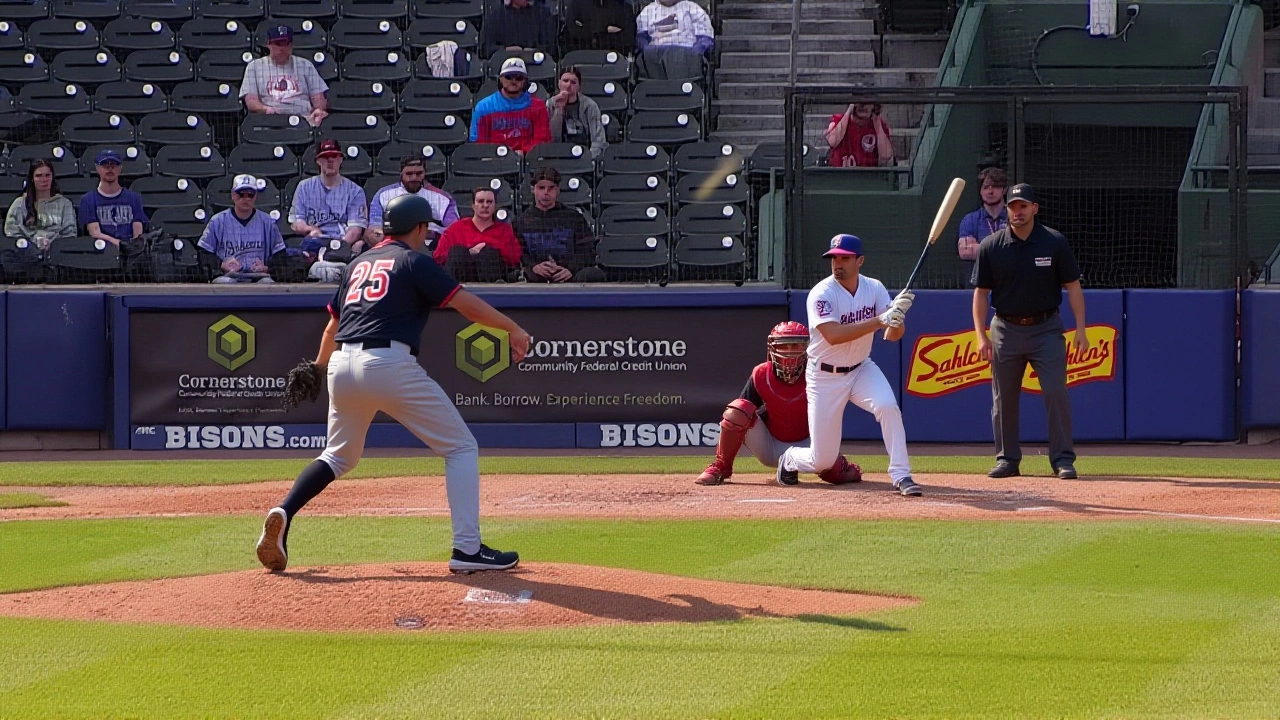
Behind the Scenes: The System That Built Him
The Toronto Blue Jays didn’t just stumble into this. They planned for it. Hitting coach Kevin Seitzer, working with assistant Brook Jacoby at the team’s spring training base in Dunedin, Florida, spent weeks refining Schneider’s approach to breaking balls after early-season struggles. The adjustments were subtle: shorter swing path, earlier trigger, better recognition of spin. By mid-June, the results spoke for themselves. General Manager Ross Atkins, based at Rogers Centre in Toronto, called Schneider a ‘Homegrown Player’—a label reserved for those who developed through the organization’s system. And that’s exactly what happened. He wasn’t a splashy trade acquisition. He was a draft pick who earned his way up.
What’s Next? The Stretch Run
The Blue Jays’ 10-game streak began on June 29, 2025, and stretched through July 8. But the real test starts now. With the season ending September 28, 2025, every game matters. Schneider’s role isn’t just growing—it’s becoming essential. He’s batting fifth now, often ahead of star sluggers. His plate discipline has improved: he’s swinging at just 28% of pitches outside the zone, down from 34% in April. And his fastball percentage in bases-empty situations? 35.9%. That means he’s seeing more fastballs—and he’s making them pay. The team’s offense, once inconsistent, is now among the top five in the American League since June 15. Schneider is a big reason why.
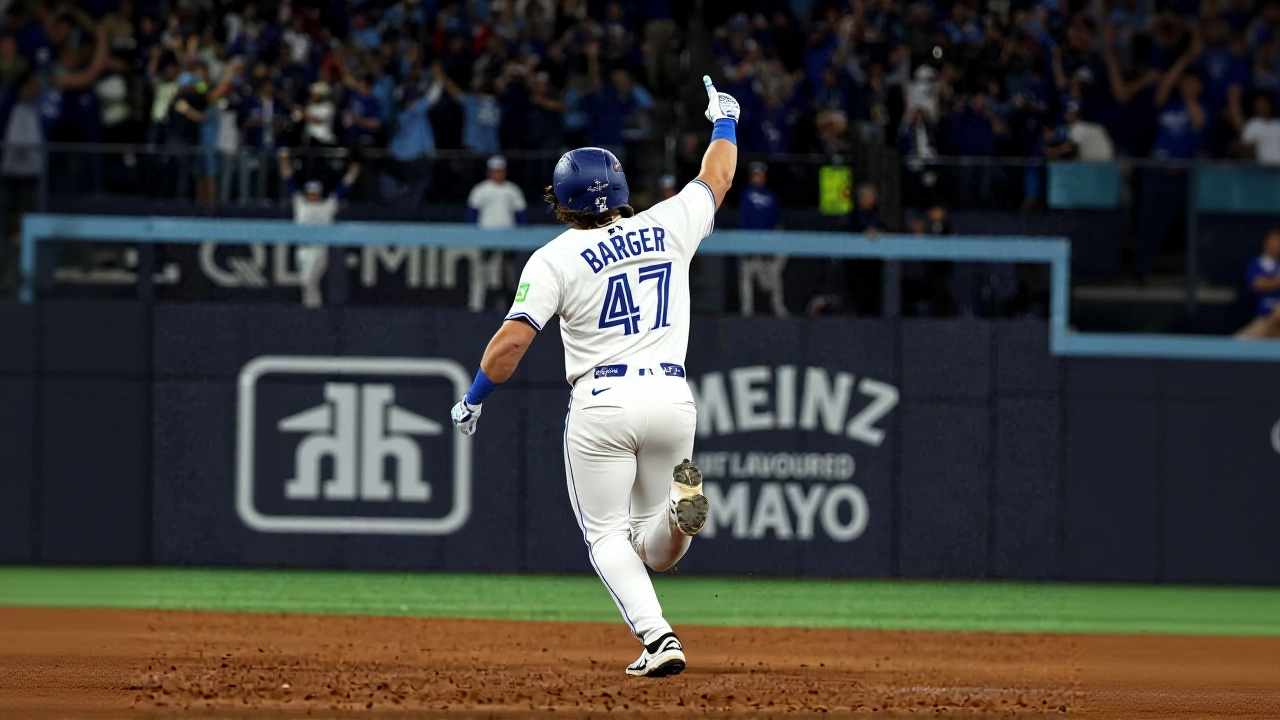
Why This Matters Beyond the Box Score
This isn’t just about one player having a hot streak. It’s about organizational identity. The Blue Jays used to be known for big-money signings. Now, they’re proving they can build from within. Schneider’s journey—from being sent down in April to starting in July—is a blueprint for how modern baseball works. Teams that invest in player development, not just payroll, win in the long run. And if Schneider keeps this up, he won’t just be a contributor. He’ll be the face of a new era.
Frequently Asked Questions
How did Davis Schneider go from being optioned to Triple-A to a key player in just two months?
After being sent down to Buffalo on April 17, 2025, Schneider worked with Blue Jays hitting coaches Kevin Seitzer and Brook Jacoby to refine his approach against breaking balls. He focused on shorter swings and earlier recognition of spin, leading to a dramatic improvement in his contact rate and power. By the time he was recalled on June 1, he was hitting for average and power consistently in Triple-A, forcing Toronto’s hand.
Why is Schneider so effective against right-handed pitchers?
Schneider’s .792 OPS against right-handers is fueled by his ability to stay inside the ball and drive pitches to left-center. He’s seen 227 pitches from righties this season and has a .355 wOBA without shifts—nearly 6% higher than with shifts. His swing path and timing, adjusted after early-season struggles, now allow him to handle high-velocity fastballs and late-breaking sliders better than most left-handed hitters in the league.
What does Davis Schneider’s rise mean for the Blue Jays’ future?
Schneider’s emergence signals that Toronto’s player development system is working. He’s a homegrown talent who didn’t require a big trade or free-agent signing. If he continues producing, he could be a long-term fixture in left field, freeing up payroll for other needs. His story also sets a precedent: players who earn their way up, not just get called up, are the foundation of sustainable success.
How does Schneider compare to other breakout players in the 2025 season?
Among players with over 200 plate appearances, Schneider’s .930 OPS ranks in the top 15 among all MLB left fielders. He’s one of only three players this season to record 10+ home runs after being optioned to Triple-A before June 1. Unlike others who came up as prospects, Schneider was nearly released from the 40-man roster in spring training—making his ascent even more remarkable.
Is there a chance Schneider could be an All-Star in 2025?
While the All-Star Game is over, Schneider’s performance through August has him on pace for 25+ home runs and a .850+ OPS for the season. If he maintains this pace through September, he’ll be a strong candidate for AL Rookie of the Year honors and could earn a spot on the MLB All-Defensive Team for his left-field catches. His two-way impact is rare for a player his age with limited prior MLB experience.
What role will Schneider play in the playoffs if the Blue Jays qualify?
If Toronto makes the postseason, Schneider is likely to start in left field against right-handed pitchers, especially in early-round matchups. His ability to hit breaking balls and his defensive range make him ideal for high-leverage situations. Manager John Schneider has already indicated he’ll use him in the fifth or sixth spot in the order, giving the lineup balance and power that’s been missing since May.
Tentang
Oasis Judi 2014 adalah situs web yang menghadirkan informasi terkini seputar dunia judi dan permainan. Temukan berbagai tips dan trik menarik tentang poker, permainan kasino, dan lainnya. Bergabunglah dengan komunitas kami dan nikmati sensasi bermain yang seru dan menguntungkan.
Pos Terbaru

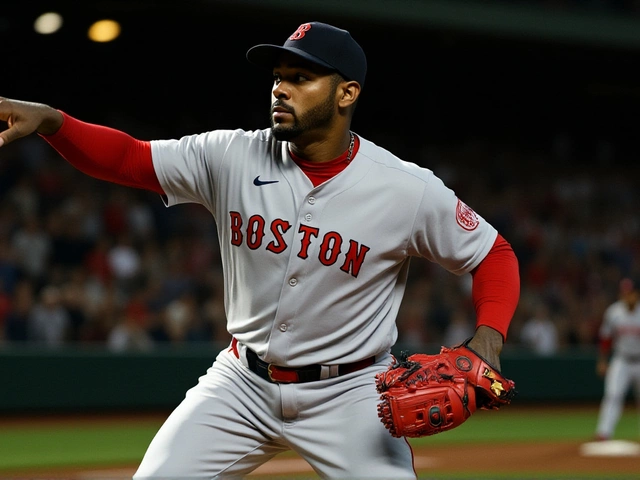
Aroldis Chapman secures 5th win as Red Sox edge Tigers 4-3
Oleh Ardian Susanto Okt 1, 2025
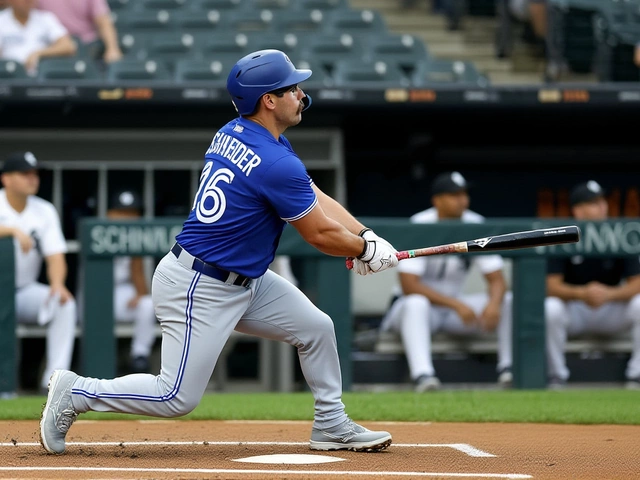
Davis Schneider's Breakout Powers Blue Jays to 10-Game Win Streak
Oleh Ardian Susanto Okt 30, 2025
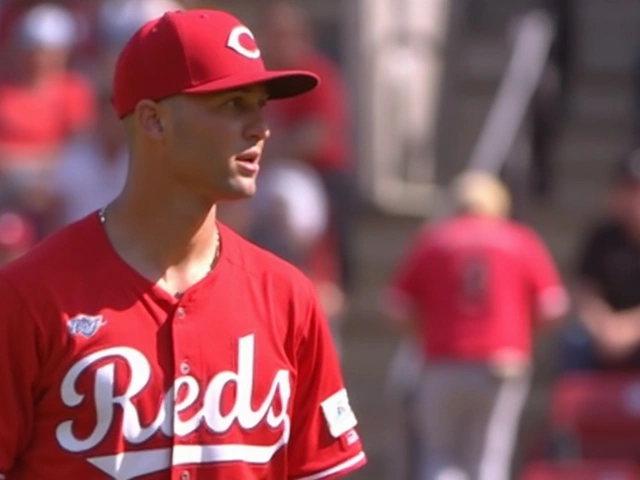
Cincinnati Reds blow 3-0 lead as Padres win in 10th, extra-innings woes deepen
Oleh Ardian Susanto Sep 10, 2025

Tulis komentar